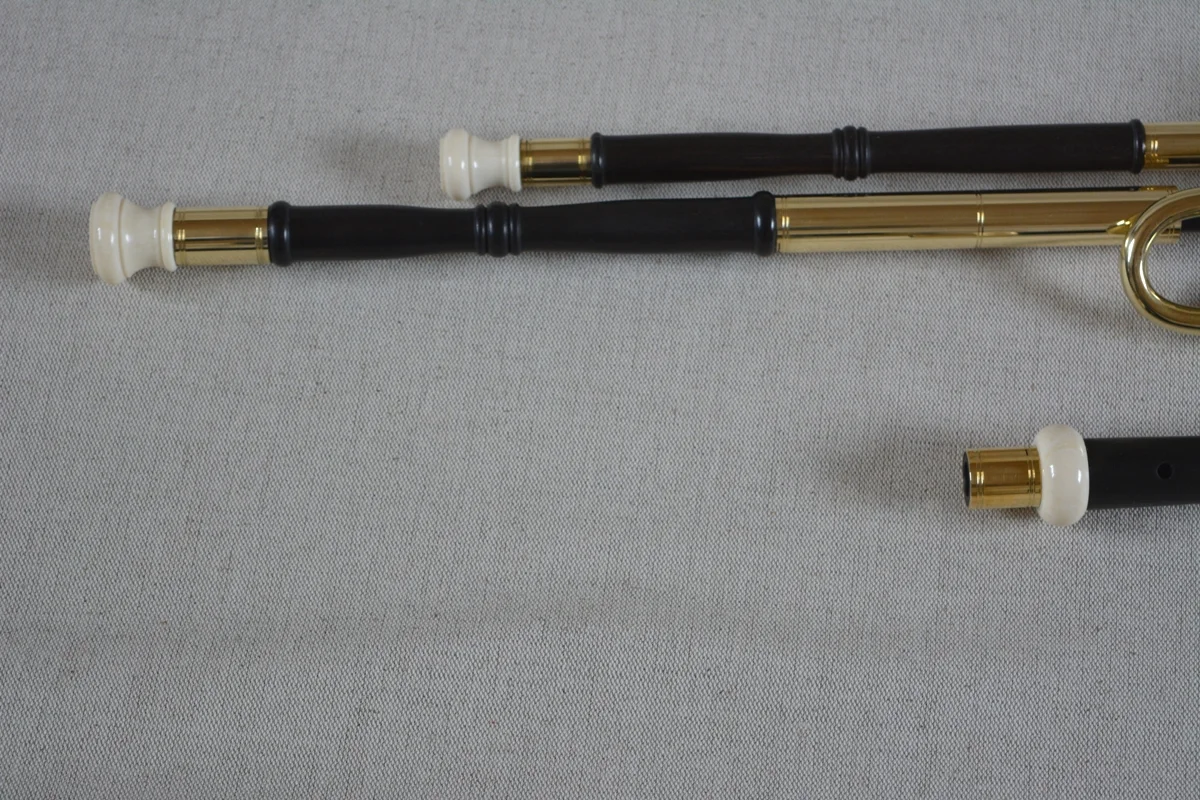Pipe maintenance, hints and tips!
This page contains information about maintaining your pipes. I hope it will be useful to many pipers and possibly some other woodwind instrument players also. I intend to add updates when I can.
Carrying out general maintenance is vital to having you’re instrument perform as well as possible. When the pipes are well maintained it allows you to have more confidence when playing. The basics can be done at home in your kitchen or shed and can be relatively easy to perform and may even be therapeutic to carry out. It can be an afternoon or evening well spent, as you will know the next time you take the pipes out they will feel better and more ejoyable to play. I know many pipers who’s general happiness can be strongly impacted by the way their pipes are playing, myself included! Quite often this is to do with the reeds but also how the set actually feels and is held together.
December 2017
As we are comining into the colder weather it is likely many pipers will notice a change in their instruments. It is usual to find that the colder temperature makes the instrument sound flatter than usual and may take a little longer to warm up. A good tip to speed up the tuning stage when taking the pipes and playing in a warmer room is to fill the bag with warm air from the room, do not use a lot of pressure, open the drone switch and hold the bottom key on each regulator open. Allow the air to push out any cold air and fill the pipes with the warmer air from the room. It shouldn't sound the reeds but just repace the cold air that was in the pipes with warmer air and speed up the tuning.
Binding on sliding joints and tenons.
Having all the binding and joints connecting smoothly is very important.
I find that small adjustments to reeds when necessary make a great difference and being able to make these adjustments efficiently is what is called for.
In my opinion the binding on the pipes is more important than most people think. I recommend avoiding the use plumbers tape (PTFE) for applying binding on drone tenons and other places. It is only a quick fix which leads to problems down the road. A reason the bindings are so important, is that when maintained properly they allow the pipes to be fine tuned and reeds to be accessed relatively easily so that fine adjustments can be made quickly without damaging the instrument. I have seen many instruments which have had the decoration mounts badly damaged. This often happens when the thread binding on a set compresses naturally over time and the fit becomes too slack. It is then replenished and over compensated for by putting on too much, which makes the fit extremely tight and difficult to remove from the stock. When the drone is removed from the stock, force is required and parts can get damaged. It is therefore important that the tenon for the drones going into the stock is secure but not too tight. It needs to be slightly tighter than the tuning tenon so that when tuning the slide it does not remove the drone from the stock. Choosing the best thickness of thread is important. Using thinner thread , although it may take longer to apply, gives more control over the finished size of the binding. It should be applied firmly and joint grease added when applying to help hold the binding together and to the wood. It should always be applied in the the same rotation as the previous binding was put on. If done right the binding will last years and be free from problems. Standard cotton sewing thread is recommended for applying binding.
